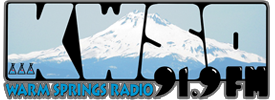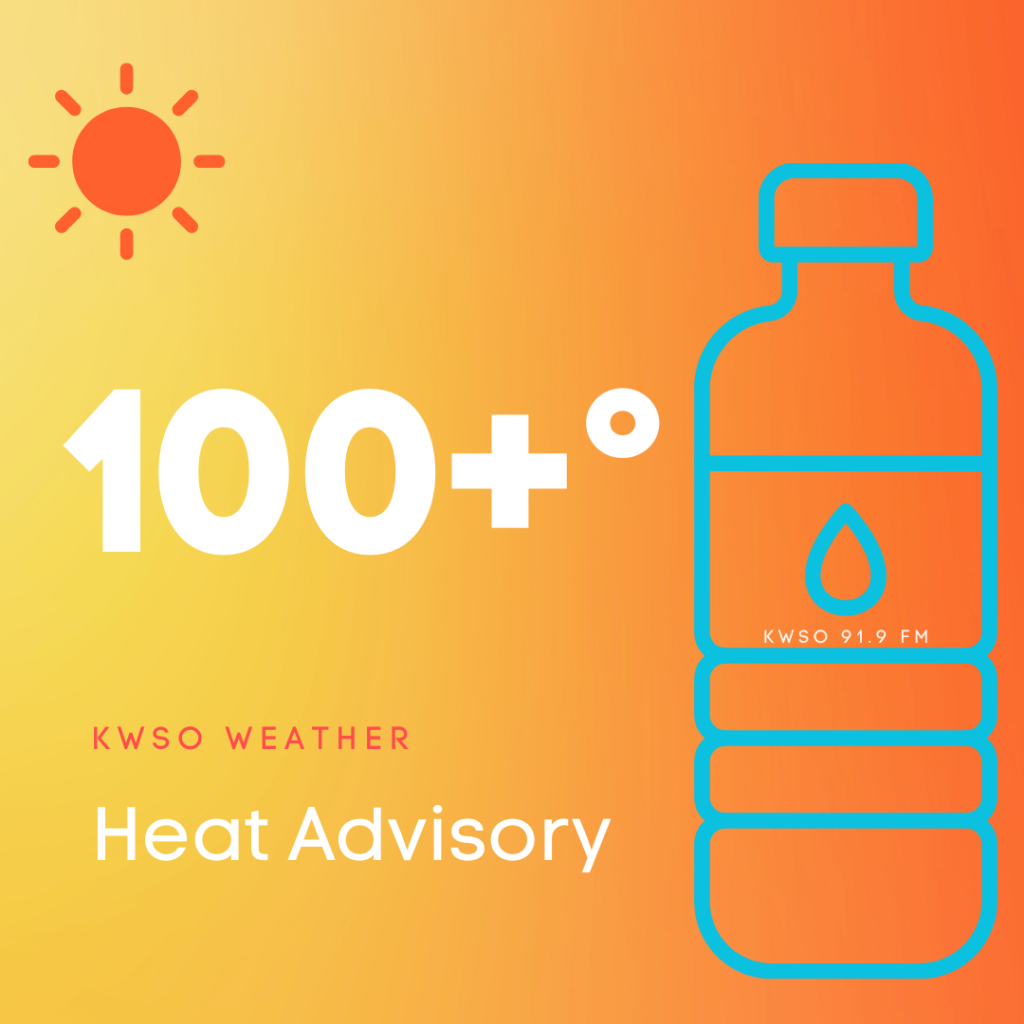Local News
Heat Wave Advice
A heat advisory has been issued by the National Weather Service. It is to remain effective from July 5th through July 11th. A fire weather watch has also been put in place for Saturday July 6th.
With the rising of temperatures, it is important to remember to stay safe during this time. Heat-related illnesses are preventable, so it is vital to know the signs of heat exhaustion and heat stroke and how to prevent it from happening to you.
- The symptoms for heat exhaustion include:
- Feeling faint or dizzy
- Heavy Sweating
- Fast or weak pulse
- Feeling nauseous or Vomiting
- Cold, pale, clammy skin
- Muscle cramps
What to do in case of heat exhaustion:
- Slowly drink water
- Move into a cooler location
- Lie down
- Apply cool wet cloths to your body
- Loosen any tight clothing
It is vital to know the difference between a heatstroke and heat exhaustion. A heat stroke is a medical emergency and should be reported immediately.
Symptoms include:
- High body temperature.
- Red, hot, damp or dry skin
- Fast pulse
- Headache
- Nausea and vomiting
- Loss of consciousness
What to do:
- Call 911
- Move person to cool environment
- Reduce person’s body heat
- NEVER give a person experiencing heat stroke any fluids
Babies and younger children, older people, people with medical conditions and even pets are sensitive to heat.
Be prepared for heat by:
- Staying hydrated. Avoid sugary and caffeinated drinks.
- Eat light (ex. Fruits, salads, etc.)
- Dressing in light and loose-fitting clothes
- Reduce or eliminate strenuous activities
- Use air conditioners if you have one. A fan will do good as well
If you are experiencing unhouse homelessness, go to your local cooling shelter. The Cooling Shelter in Warm Springs is located at the homeless shelter.

